The Otterhound is a big goofball. These dogs, bred to hunt their namesake otters, may be rare today. However, if you meet one, you’ll never forget him, as this breed is big, bold, and friendly. They make shaggy companions that particularly love the water. Read on to learn more about the Otterhound.
Description of the Otterhound
These dogs are tall and shaggy. Their kind eyes might trick you into thinking that they’re too polite to shake themselves dry all over the carpet. However, you’d be wrong. Otterhounds are not for the pretentious.
Breeders developed this breed to hunt otters, since, in those days, the fury little creatures would wreak havoc on the fish populations. Otterhounds could track their scent underwater and thus protect the fishermen’s livelihood. Today, otters exist in much smaller numbers and so does the Otterhound.
This dog’s shaggy coat may be black and tan, liver and tan, tricolor, or wheaten.
Life Expectancy and Size
These dogs are tall and hefty behind all that hair. They stand between 24 and 27 inches tall and weigh a substantial 80 to 115 pounds.
Unfortunately, as large dogs, they have a rather short lifespan. Most Otterhounds live between 10 and 13 years. Well-bred dogs may live into their teens.
Protective Ability
This breed is known for its loud bark. However, they usually aren’t aggressive and can sometimes even be timid. Some individuals may serve as competent watchdogs, although this breed is not the best choice for a guard dog.
Training
When training the Otterhound, it is important to convince him that what you’re asking is in his best interest. They will need lots of treats and praise in order to listen to your instructions.
This breed tends to be slow learning. However, they rarely are mischievous. Once you teach an Otterhound something, he is much more likely to listen in the future.
As with all dogs, reward- and relationship-based training is the way to go.
Energy Level
These dogs come alive in the outdoors. Most individuals love exploring outside, and are often overly excited about new scents. Give them the chance, and they’ll stay outside for hours.
However, some Otterhounds will not tell you that they need to exercise. They may become lethargic, especially as they age, if you do not encourage daily activity.
What Living with an Otterhound is Like
This breed is dorky and fun. They don’t take themselves or their owners too seriously.
Usually this is fun, but Otterhounds can be rambunctious. This is especially true when their young. Early obedience training is important for these big goofballs. Otherwise, their bounciness can become a problem.
The breed is surprisingly sensitive. They hate negative feedback from their owners, and some are quite shy with strangers.
Care of the Otterhound
These hardy dogs are do not have many specific needs in care. They simply need love, exercise, and an occasional brushing.
Environmental Needs
This shaggy dog is well-protected from the elements. In the summer, they may overheat, especially in direct sun. Make sure to provide plenty of shade and access to water. The Otterhound is a spectacular swimmer.
Exercise Needs
The Otterhound is a working dog that loves the water. Be prepared to take your dog outdoors frequently for exercise in nature if you bring home one of these big dogs. These lovable lugs can be exuberant, especially when under-exercised. It’s important to commit to taking them outdoors frequently enough.
This breed is generally too big for most intense sports, as they can be hard on joints. Swimming, hiking, and long walks are good options for this dog.
Shedding and Grooming
It may seem like the Otterhound sheds less than most other breeds. However, this is only true if their hair is shaggy. The long coat catches most of the hair before it falls on the ground. However, you should brush your Otterhound weekly to remove the hair that gets stuck.
These dogs are often sloppy, because water can easily get stuck in their coats. Use a damp towel to keep them nice and clean. Wiping around the face is especially important, though too frequent baths can irritate the skin.
Some owners clip their Otterhounds, though this will have them shedding more.
Ideal Home Environment
This breed is great for families that can provide plenty of attention and love. These dogs can be sensitive, and are not the right choice for stern owners.
Families should be able to give the Otterhound access to the outdoors. They will particularly enjoy swimming.
This breed can be good with kids, but may be too bouncy for small ones. They are usually gentle or even shy with strangers or other pets.
Health Concerns
Epilepsy is the biggest health problem for Otterhounds. Otherwise, they mostly experience conditions common to many breeds. Responsible breeders can screen for hip dysplasia. Bloat, a life-threatening stomach condition, is a concern for all large dogs.
Behavior Problems
This breed can be a well-meaning handful. They’re rambunctious, especially when young. Coupled with messy hair and loud barks, this means owners should have a good sense of humor. The Otterhound may knock over a lamp or two in his excitement.
Many individuals also have a strong prey drive. Be wary letting these dogs off leash, especially unsupervised.

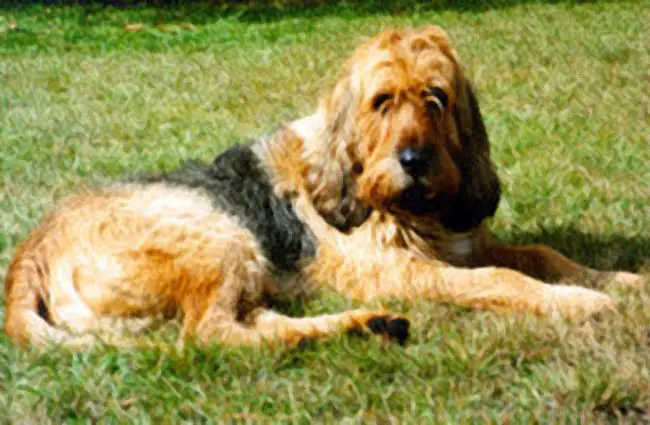
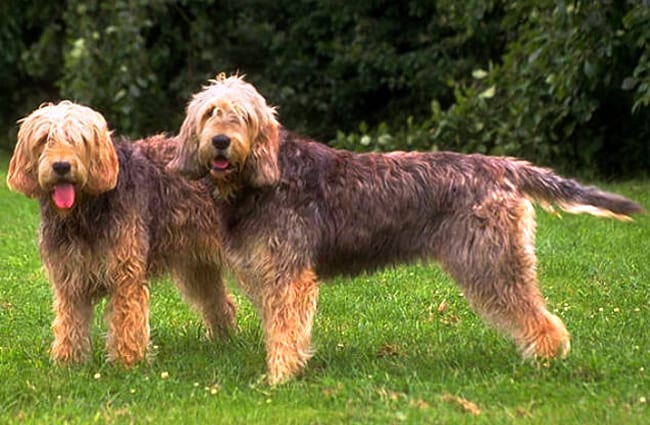
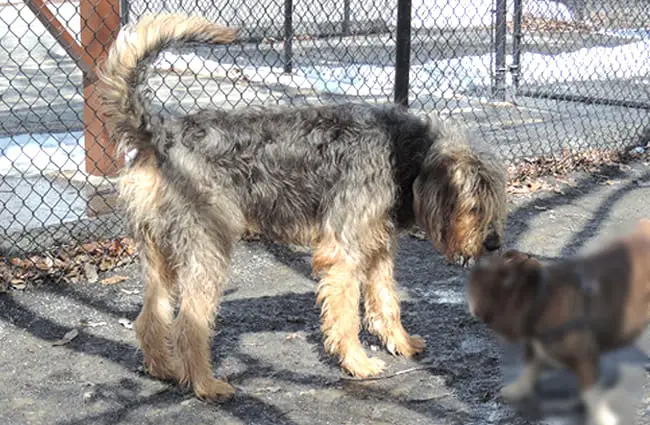
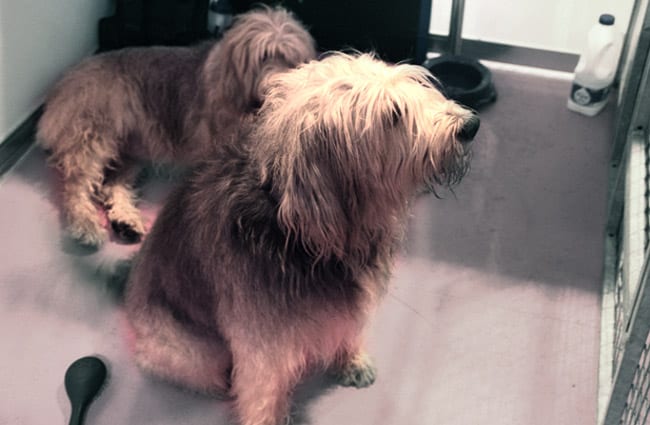

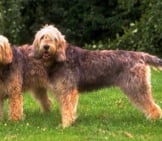
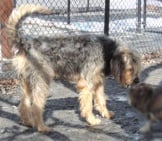
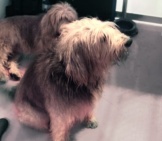













![Red Angus Closeup of a beautiful Red Angus cowPhoto by: U.S. Department of Agriculture [pubic domain]https://creativecommons.org/licenses/by/2.0/](https://animals.net/wp-content/uploads/2020/03/Red-Angus-4-100x75.jpg)

